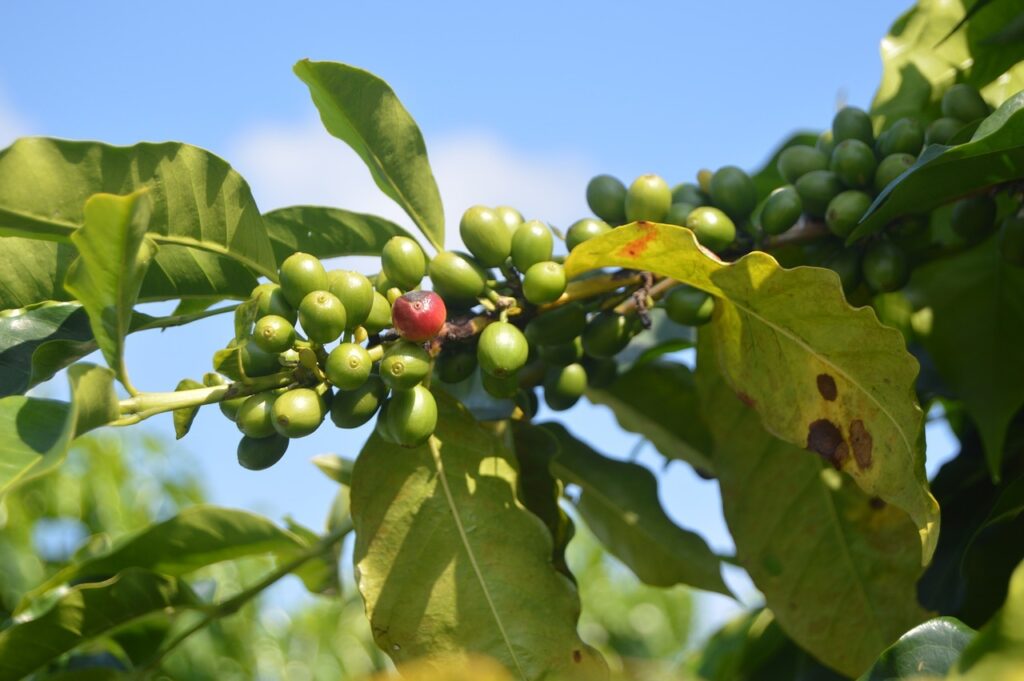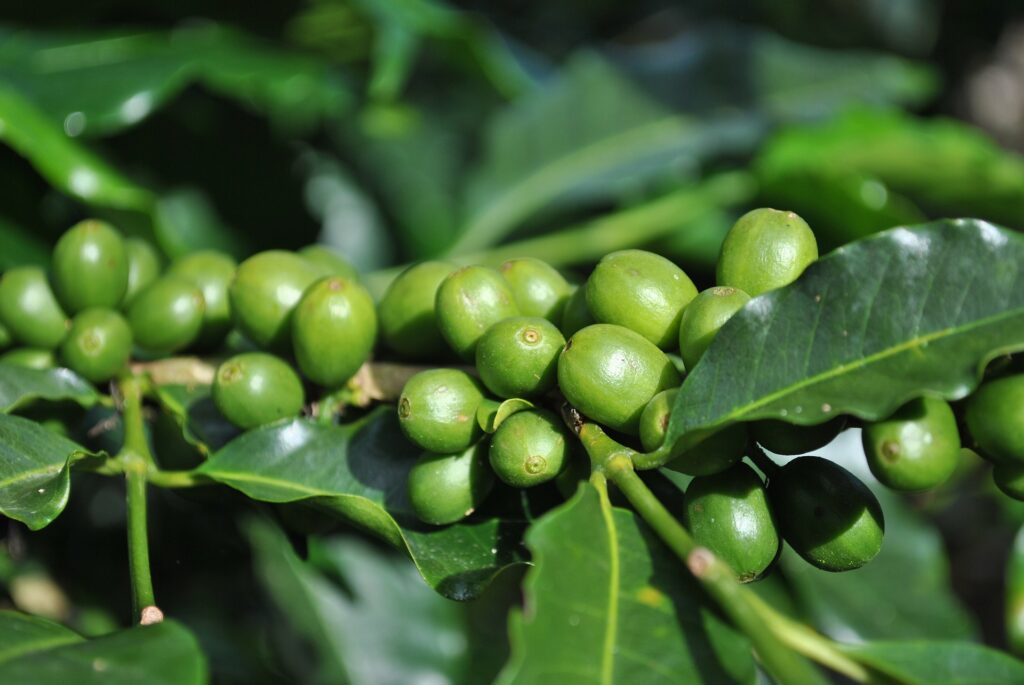As I sit here reminiscing, I stumble upon the first time I ever heard of geisha coffee. I used to do small scale roasting in Victoria, B.C. Canada. My supplier told me they had some Panama Geisha that could be bought in 10 lb lots for USD$10 a lb. That was too steep for me, so I shook the notion out of my head.
Shortly after, I visited a nice little coffee shop where I splurged on a cup of Panama Geisha for $4.00. That was back in 2006. Little did I know the role this varietal would play on the world coffee scene in the years to come.
There are so many questions that come to mind about this curious variety. Where did it come from? Why haven’t we heard of it before 2004? What makes it so special?
What is Geisha Coffee?
The first question that comes to mind is, what is geisha coffee? It is a coffee plant variety of the arabica species. There are an untold number of varieties in this species and more hybrids are being added every year, it seems.
Geisha is not a hybrid like Pacamara, but an Ethiopian Landrace. This means that it has its origins near the Gesha Mountains in the Ethiopian Coffee Forests. The variety did a fair bit of traveling before taking root (pun intended) in Panama. It began its journey from the forests to Tanzania sometime in the 1930s. From there, it made its way across the Atlantic and found itself in the “Centro Agronómico Tropical de Investigación y Enseñanza” (CATIE) in Costa Rica in 1953. Here it was logged as accession T2722. Finally, in the following decade, T2722 arrived in Panama.
The reason why the Geisha variety came to Panama had nothing to do with its incredible characteristics in the cup, but for its tolerance to “leaf rust fungus”. It is interesting to mention that the plant was not very popular for a number of reasons: 1) the branches tend to be quite brittle; 2) it is tall and therefore not a high producing shrub, like Caturra or Catuai; 3) the branches are very open or spread out which reduces the number of shrubs per hectare.
Due Recognition
For around 40 years “Panama Geisha” waited patiently for its moment to be “discovered” as the epitome of a great cup of coffee. Finally, in 2004 the plant made its move and burst on the scene as no other variety has done before. The Peterson farm called Hacienda Esmeralda in the Boquete region of Chiriquí, Panama discovered geisha and immediately recognized they had something special.
World recognition was now moments away. The opportunity presented itself in the 2004 Best of Panama competition. Panama Geisha took first place and fetched a remarkable auction price of USD$21 a lb. Now, all eyes around the Specialty Coffee world were fixed on this quiet and beautiful shrub. Geisha has taken first place in this competition and continues to do so even 16 years later. This plant goes unrivaled as the champion and envy of all other coffee plants. With the upcoming Best of Panama for 2020, it remains to be seen how well it will do. Will it break another record for its high price? In 2018, it shattered auction records with $804 a lb. Then, in 2019 that record was shattered as it was sold for an astonishing $1029 a lb.
Why So Great?
Panama Geisha is distinct in its fragrance, aroma, and taste from other coffees. The truth is all varieties have their distinct flavour notes which contribute to coffee being so fascinating. Perhaps what will knock you off your feet first is the powerful aroma. You don’t have to be a Q-Grader to discern that. You cannot miss it.
The delicious fragrance of jasmine and flowers, such as roses, to my nose, captures one’s attention immediately. The process continues and the succulent tastes of citrus fruits, such as lemon or orange, mandarin, and nice bergamot finish leaves you in a state of awe. Naturally, other flavour notes may come to the minds of other individuals.
Not All Geishas are Equal
It is possible to buy geisha coffee from other coffee-producing nations. Will they taste the same as a geisha produced in Boquete or Santa Clara regions of Panama? There are differences even within Panama and the Boquete region, including the other side of Baru Mountain, Santa Clara.
Differences within T2722. It would be a mistake to believe that all Panama geisha is the same. I remember a conversation I had with Daniel Peterson during a Best of Panama competition in 2009. He congratulated us on having good coffee and altitude. Then he wisely explained not to plant enormous quantities of geisha plants. The reason being we do not know how it will cup. Very wise words that I hold dear still today. There are so many mitigating factors.
It is undeniable that Boquete and the Santa Clara regions of Chiriqui have near-perfect coffee growing conditions. Geisha changes its flavour dramatically with altitude. Anything less than 1500 meters usually does not do well enough to enter the competition. The right soil, nutrients, and plant positioning, as well as humidity, all play important roles in farm production.
There are “geisha” plants and “gesha” plants but regardless how you want to spell it if it is not T2722 then it is definitely not Panama Geisha. That does not mean it will be a poor coffee. For sure it will be excellent, it will just be different from the T2722.
Is it For Everyone?
As surprising as it may sound, geisha is not for everyone. There are good reasons for that. In order to maximize all the incredible characteristics of the varietal, a light roast is recommended. The result is a bright, light-bodied drink, more like a tea or infusion than a coffee. Double that with its jasmine notes and it is easy to see why it is so popular in Asian nations. Many people prefer a medium-heavier body drink. If that is you, you probably would not appreciate geisha.
Many have come to the conclusion that the Panama Geisha varietal is an acquired taste. Once one is accustomed to a light roast it is easier to appreciate all the extraordinary flavour notes and characteristics that make Geisha Coffee, the Epitome of a Great Cup.





